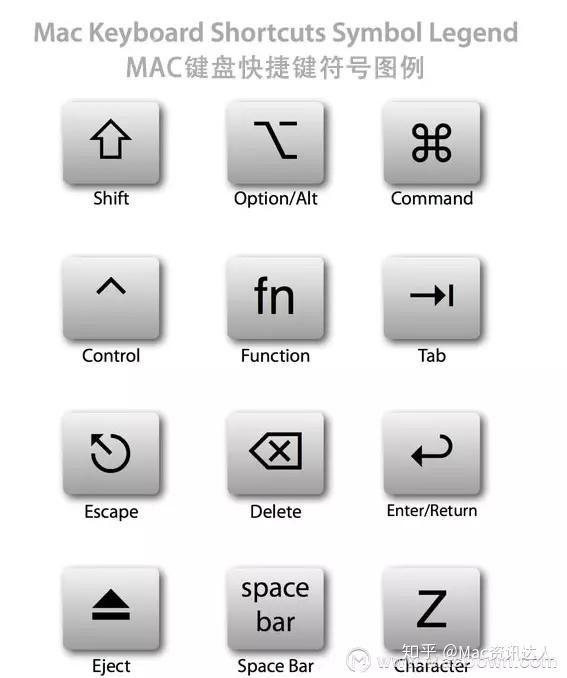

Same scenario as loose files but for emailing, or moving between machines and for archival purposes.

Macdown export on save zip file#
To use the output, simply unpack the Zip file into a folder and the rendered HTML should find all of its dependencies to render self contained. This performs basically the same operation as the Folder with Loose Assets output, but it packages the resulting files into a packed Zip file that you can copy around more easily.
Macdown export on save full#
Useful for hosting on a static Web site or simply for archival purposes of the full content. The target folder is not cleared first if it exists. It's recommended that you create the generated HTML in a new empty folder so the HTML and its dependencies are easily isolated and can be zipped or moved as a group. All images, CSS, Scripts and fonts are also created in the same folder. Save as HTML Page in Folder with Loose AssetsĪllows you to save the HTML document to file, with all related dependencies copied to disk in the same folder. File tends to be very large as all resources are embedded. html file you can move the file to a new location and it should still render correctly.įully self contained file that you can email and share, or publish as a static file on a Web site. Because the file is completely self contained in a single. The packager imports local dependencies, as well as web based resources and embeds them into the document. The output is based on the current preview theme. Because all resources are embedded this file can often be very large as all the support libraries like Bootstrap and FontAwesome are embedded. are embedded into the document as embedded binary data. Save as self contained HTML PageĪllows you to save the document and all of associated resources as a single large HTML file with all dependencies embedded into the HTML as inline resources.

Raw export for use in applications that provide styling and related content - such as Weblogs, Documentation etc. This is useful for copying the raw HTML to server applications that provide their own styling or hold all relative resources on the actual Web site in file accessible folders. Images, related CSS or Javascript are not embedded or copied - this is literally just the raw HTML that was generated. The output contains only the output from the actual Markdown text, without the wrapping HTML document or preview formatting - it's an HTML fragment only.
The most basic way to save is to save the raw HTML output from the rendered markdown as is.Ĭhoose Raw HTML output only (Html Fragment) if you want just the raw rendered HTML output from your markdown and save it to file. Here is what each of those options does: Save Raw HTML Fragment This option lives at File->Save To->Save to HTML and it allows you to save your Markdown content as a rendered HTML in a few different ways:
Macdown export on save pro#
We use RStudio Server Pro set-up on Ubuntu. # Save objects for knitr/markdown save(table1, table2, dependent, explanatory, file = "out.rda")


 0 kommentar(er)
0 kommentar(er)
